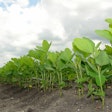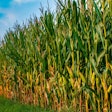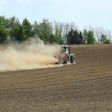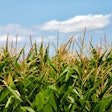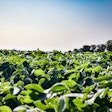
Rock River Laboratory noted that researchers at Texas A&M University have developed a groundbreaking male sterile sorghum variety that could revolutionize dairy cattle nutrition and water conservation efforts.
The innovative crop addresses several long-standing challenges in sorghum production for animal feed. Unlike traditional sorghum varieties, this male sterile hybrid does not develop grains, which provides unique advantages in crop management and nutritional value.
Douglas Duhatschek, an extension graduate assistant at the Texas A&M AgriLife Research and Extension Center, explained the key benefits. "In non-sterile sorghum, advancing maturity stages increases lignification, causing fiber digestibility to decrease," he said. The new variety remains green longer, preserves fiber digestibility, and accumulates sugars as an alternative to starch synthesis.
The research team conducted feeding trials with lactating dairy cows, replacing corn silage with the male sterile sorghum at different rates. The most promising results came from a 25% replacement, which demonstrated improved milk production and nutritional outcomes.
Key advantages of the new sorghum variety include:
- Wider harvest window
- High sugar content (peaking 4-8 weeks after boot stage)
- Improved fermentation characteristics
- Potential for water use savings
However, the researchers caution that proper crop and ration management remains crucial. The variety's high moisture content (70-80%) and sugar levels present some challenges, including potential bunk instability and leachate production during ensiling.
The study suggests the male sterile sorghum could be particularly beneficial for western U.S. farmers seeking drought-resistant and water-efficient crop alternatives. The research indicates an increase in income over feed costs, especially for late-lactation cattle on high-starch diets.
"The opportunities to partially replace a water-hungry forage crop with a dry ground resilient forage crop, while optimizing production, could be gold," Duhatschek noted.
The research was conducted in collaboration with the Texas A&M AgriLife Research and Extension Center, offering promising insights for the dairy and agricultural industries.







